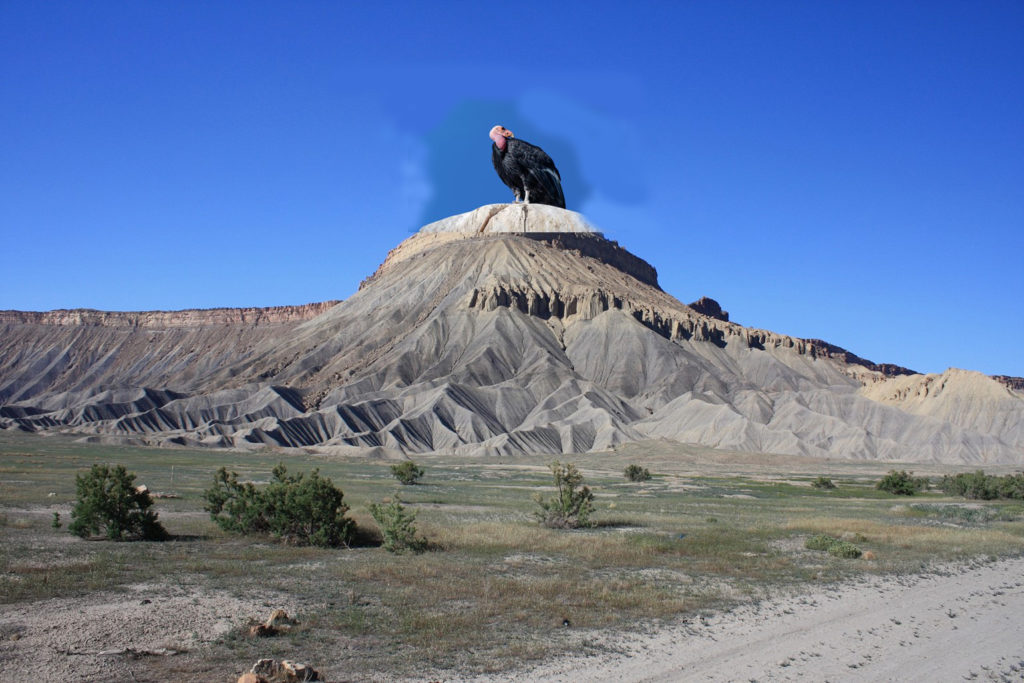The Endangered Species Act turns 50 this year, while the Administration is proposing a new interpretation of one of the law’s central definitions – and almost nobody has noticed. An Internet search for the proposal turns up an Interior Department press release, but almost no news stories, commentary, or analysis.
The law defines an endangered species as one “which is in danger of extinction throughout all or a significant portion of its range,” and a threatened species as one “which is likely to become an endangered species within the foreseeable future throughout all or a significant portion of its range.” Since very few species live everywhere, the law attaches considerable importance to a species’ “range.” Biologists determine a species’ status by comparing its known historical range (everywhere it once lived) with its current range (where it still lives).
This new interpretation will redefine the “historical range” to allow inclusion of areas where the species never lived. Interior Secretary Deb Haaland touts the “greater flexibility” for “protecting” endangered species. That might include designating critical habitat, introducing new populations, and regulating human activity to protect species, outside their historical range.

Are you ready for reindeer in Gunnison, California condors in Grand Junction, or polar bears in Vail? How silly. Obviously, nobody is talking about polar bears in Colorado, but the most effective way to satirize a bad idea is to take it to the logical extreme. I admit these extremes don’t even seem logical – it would make no sense to introduce condors in the Grand Valley. Nor to designate Vail as part of the polar bears’ critical habitat. But how different is that, really, than designating the Grand Valley as part of the critical habitat for the yellow-billed cuckoo, a bird that doesn’t live there, and never has?
In 2019 the U.S. Supreme Court settled a decade-long case by ruling that the government could not designate critical habitat for the dusky gopher frog on land in Louisiana, where there have been no such frogs in a half century. That case involves a species whose historical range may once have included the entire gulf coast region, but the court ruled that the government cannot regulate land use on habitat that is no longer part of the species’ range.
Fast-forward four years, and the government tries again, a new interpretation that could allow designation of habitat, and introduction of populations – not only outside the current range, but even outside the historical range. There is no legal justification for that interpretation; the definitions are clear in the Endangered Species Act. So how does the Administration justify the idea? Climate change, of course.
The new rule says because of climate change, some historical habitat may no longer be able to support species that once lived there. Secretary Haaland explains, “The impacts of climate change on species habitat are forcing some wildlife to new areas to survive, while squeezing other species closer to extinction.” That suggests finding habitat somewhere else – possibly even outside the historical range of the species.
Here’s how that might work, at least in my twisted cynical mind. If climate change causes a lengthy drought in the Southwest, reducing historic river flows, and that in turn precludes the recovery of razorback suckers in their historical range, maybe the government should introduce them into the Potomac River. Then, Virginia, Maryland and D.C. could be designated critical habitat, and the Fish and Wildlife Service would have to be consulted before any activity involving the use of water by states, local governments, utilities, farmers, or any other industries. Some westerners might consider that a modest proposal.
It’s worth noting that the Endangered Species Act does permit introduction of species outside their range – populations that are designated “experimental” or “non-essential.” But that does not carry the full weight of regulatory authority the government craves. When Colorado decided to introduce lynx, it asked the Fish and Wildlife Service for that “non-essential” designation. The government agreed Colorado was not part of the lynx’s historical range, yet still denied the request, for one simple reason. The government wanted to use the species as a tool to restrict logging, grazing, mining, skiing, and other economic activity.
When officials now claim they simply need more “flexibility” to protect species, such as ignoring the historical range, I’m skeptical. Not that Secretary Haaland would ever consider something clearly not envisioned by Congress 50 years ago, but might future officials use this approach to regulate economic activity – citing the need to protect a species where it never lived?




Comments on this entry are closed.